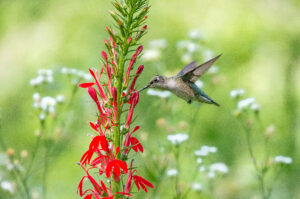
Cardinal Flower: A Vibrant Native Plant for Wet Soils
Cardinal flowers are striking plants that add a pop of vibrant red to gardens and natural areas. These tall, slender perennials bloom in late summer
Please be aware that all shipping will be suspended on December 22 and will resume January 5. Dismiss
Skip to contentGround shipping is currently paused. Local deliveries throughout Long Island will continue as usual. Pre-orders for fall are now open. Non-local orders will begin shipping again in early September. Click here to learn more.
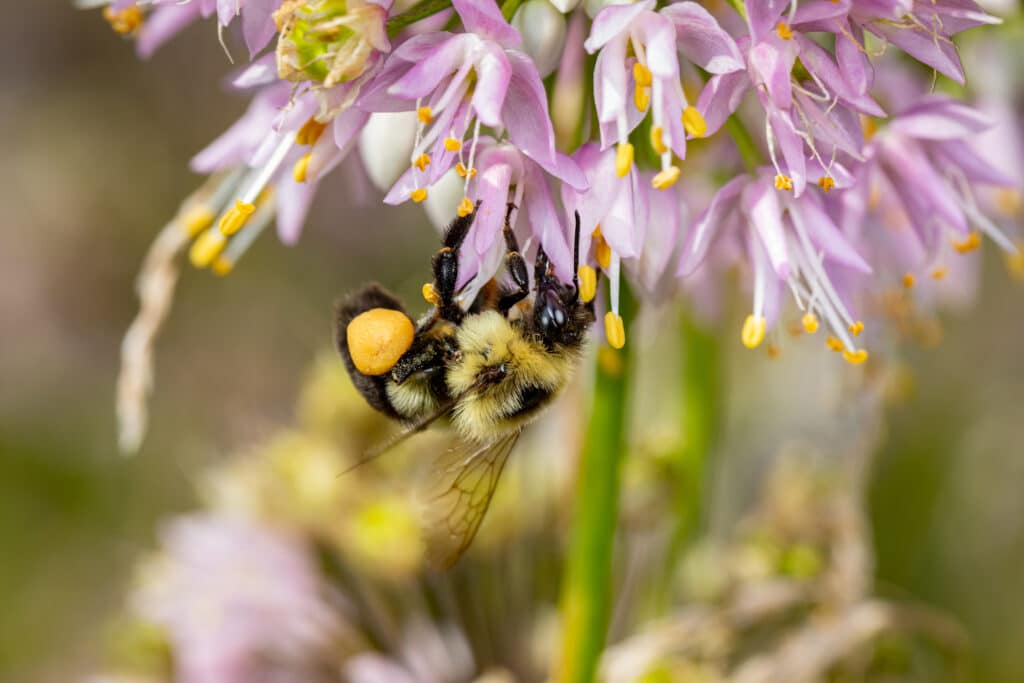
Nodding onion plant is a charming native plant found across North America. Its drooping pink or white flower clusters add a whimsical touch to gardens and natural areas.
You might spot this Allium species growing wild in meadows, prairies, or open woodlands.
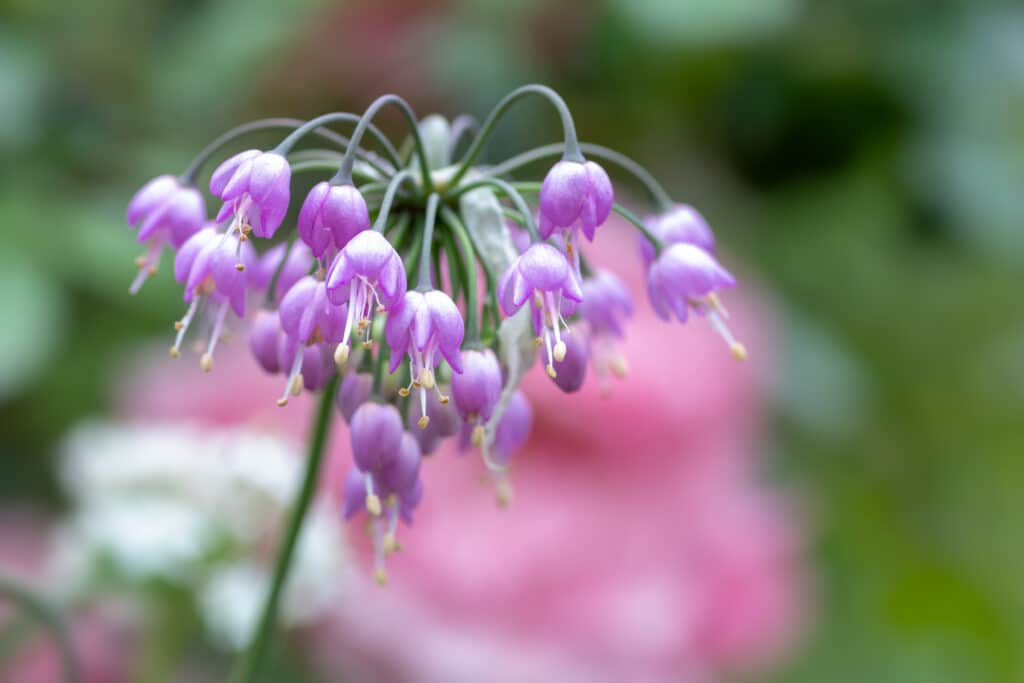
Nodding onion (Allium cernuum) is easy to grow and makes a great addition to your garden. It attracts pollinators like bees and butterflies while also being deer and rabbit resistant.
The plant’s leaves and flowers are edible, with a mild onion flavor that can spice up your salads or garnish dishes.
This versatile plant thrives in many soil types and light conditions.
You can use nodding onion in rock gardens, borders, or naturalized areas.
Its low maintenance needs and attractive appearance make it a smart choice for both beginner and experienced gardeners.
Nodding onion belongs to the genus Allium and has distinct characteristics. It features grass-like leaves and drooping flower heads with bell-shaped blooms.
Allium is a large genus of flowering plants that includes onions, garlic, and chives. These perennials have underground bulbs or rhizomes.
Allium plants typically have hollow, cylindrical leaves. Their flowers form spherical or umbrella-shaped clusters.
Many Allium species have a strong onion or garlic scent. This comes from sulfur compounds in their tissues.
The leaves and bulbs of some Allium plants are edible and used in cooking.
Allium cernuum, or nodding onion, is a North American native perennial. It grows 1-2 feet tall with thin, grass-like leaves.
The plant’s most striking feature is its drooping flower head.
Flowers are small, bell-shaped, and pink to white in color. They bloom in summer, forming loose clusters that nod downward. This gives the plant its common name.
Nodding onion has a mild onion flavor and scent. You can eat its leaves, bulbs, and flowers. The plant is easy to grow and attracts pollinators to your garden.
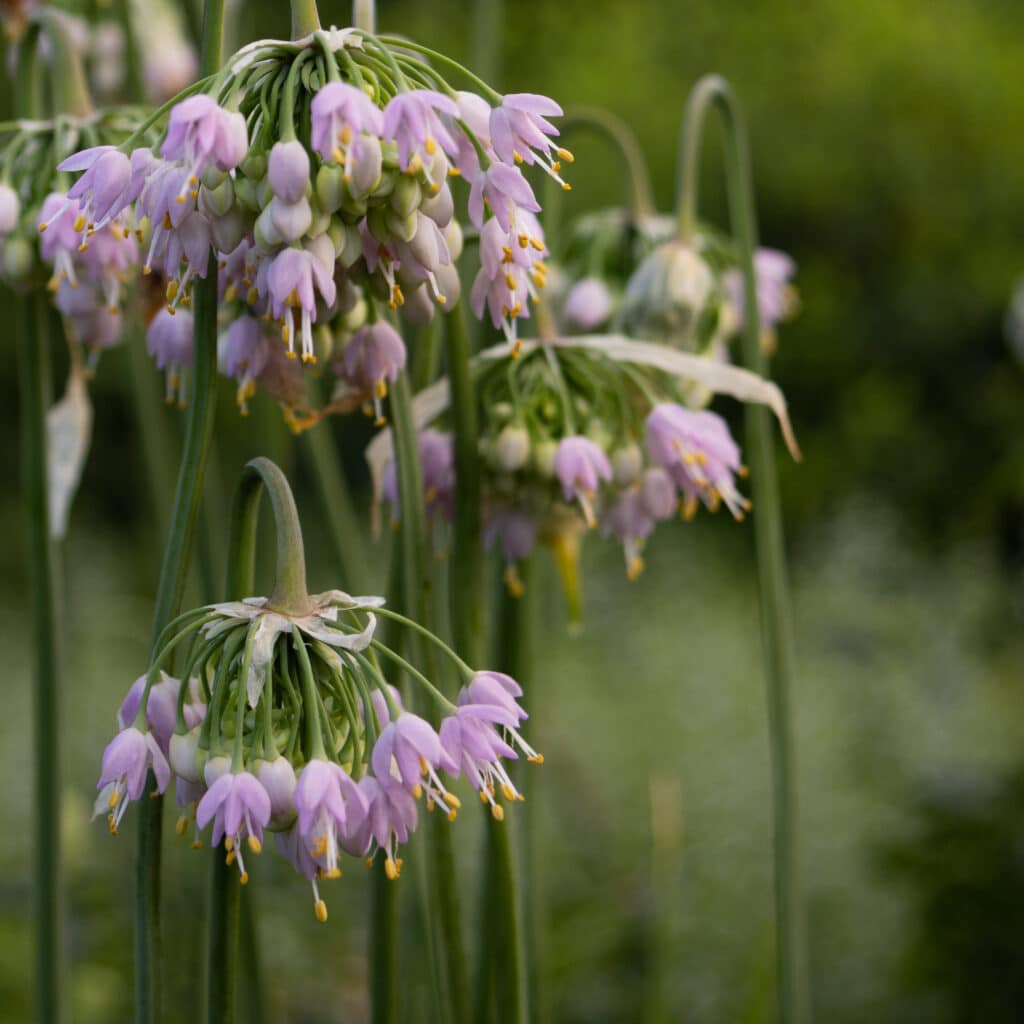
Nodding onions are easy to grow with the right conditions. They thrive in a variety of settings and can add beauty to gardens and landscapes.
Nodding onions prefer well-drained soil. Sandy or loamy soil works best.
The soil pH should be between 6.0 and 7.5. Add organic matter to improve drainage if needed.
You can mix in compost or aged manure before planting.
If your soil is heavy clay, consider raised beds or containers. This helps prevent waterlogged roots.
Good drainage is key for healthy plants.
These plants do well in full sun to partial shade.
They need at least 6 hours of direct sunlight daily for best growth. In hot climates, some afternoon shade can be helpful.
Too much shade can lead to weak growth and fewer flowers.
If you have a shady garden, plant them where they’ll get morning sun.
Nodding onions like moist but not soggy soil.
Water deeply once a week during dry spells. Let the top inch of soil dry out between waterings.
Reduce watering in fall and winter when growth slows. Too much water can cause root rot.
Use mulch to help retain moisture and suppress weeds.
These plants tolerate a wide range of temperatures. They can handle heat and cold fairly well.
Ideal daytime temperatures are between 60°F and 75°F.
Nodding onions don’t need high humidity. They grow well in average home and garden conditions.
Good air circulation helps prevent fungal issues.
Nodding onions are hardy in USDA zones 4-8. They can survive winter temperatures as low as -30°F (-34°C).
In colder areas, add a layer of mulch for winter protection. This helps insulate the bulbs from extreme cold.
In warmer zones, they may go dormant in summer heat.
Plant in spring in cold climates. Fall planting works well in milder areas.
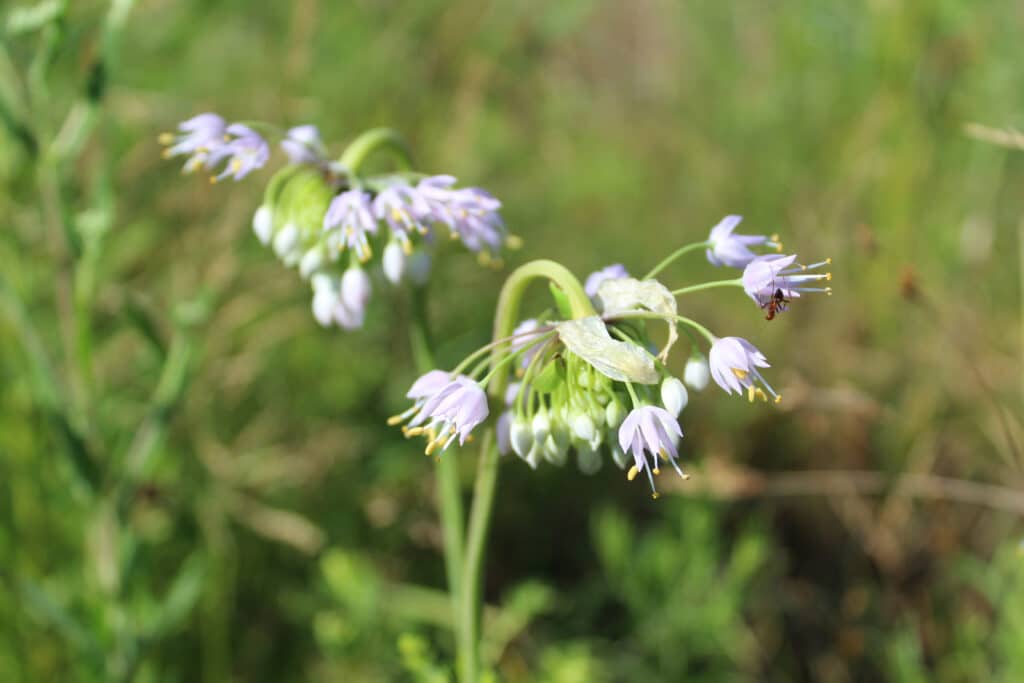
Nodding onions are easy to grow and spread. You can start them from bulbs, let them self-seed, or use cold stratification.
These methods help you get more plants with little effort.
Plant nodding onion bulbs in spring or fall. Choose a spot with well-drained soil and full sun.
Dig holes 2-3 inches deep and 4-6 inches apart. Place bulbs with the pointed end up. Cover with soil and water well.
Bulbs will sprout in a few weeks. Keep the area free of weeds. Water when the soil feels dry. Your plants will bloom in summer.
Nodding onions make new plants on their own. Offsets grow around the parent plant.
You can dig these up and move them. Just wait until fall when the leaves die back.
These plants also self-seed easily. Let the flowers go to seed. They’ll drop and grow new plants next spring.
If you don’t want them to spread, cut off the flower heads before they make seeds.
Some nodding onion seeds need cold to sprout. This is called cold stratification. You can do this at home.
Mix seeds with damp sand in a plastic bag. Put the bag in your fridge for 4-6 weeks.
Check now and then to make sure the sand stays damp.
After the cold time, plant the seeds in pots. Keep them warm and moist. They should sprout in a few weeks.
Once they’re big enough, plant them outside.
You can also plant seeds outside in fall. The winter cold will do the work for you. They’ll sprout in spring when it warms up.
Nodding onion plants add charm and visual interest to many garden styles.
Their unique shape and delicate flowers make them versatile for various landscape designs.
You can use nodding onions in rock gardens to create natural-looking displays. Their rounded flower heads look great nestled among stones and gravel.
In borders, plant them in groups of 3-5 for the best effect. Their purple or pink flowers stand out nicely against green foliage.
Nodding onions work well in cottage gardens too. Their informal look fits perfectly with other cottage favorites.
You can mix them with wild geranium for a pretty color combo. The onions’ ball-shaped blooms contrast nicely with geranium’s flat flowers.
Liatris makes a good companion for nodding onions. Both plants like similar growing conditions.
The tall spikes of liatris balance out the round onion flowers.
You can also pair nodding onions with shorter plants in front of them.
Try planting them with low-growing sedums or creeping thyme. This creates layers of texture in your garden beds.
The onions’ pale purple flowers look nice with yellow or white blooms nearby. Consider adding some bright daisies or pale yarrow as neighbors.
Nodding onions are easy to grow but need some basic care. Regular maintenance keeps them healthy and blooming.
You don’t need to fertilize nodding onions much. They grow well in poor soil.
Add compost to the soil when planting. This gives them nutrients to start growing.
In spring, you can add a thin layer of compost around the plants. This feeds them slowly as they grow.
Don’t use chemical fertilizers. They can make the plants grow too fast and fall over.
If your soil is very poor, use a low-nitrogen fertilizer in early spring.
Choose a 5-10-5 mix and apply it lightly. Too much nitrogen will reduce flower production.
Nodding onions don’t need much pruning. Remove any yellow or brown leaves to keep the plant tidy. This also stops diseases from spreading.
After the flowers fade, cut off the flower stalks. This is called deadheading.
It keeps the plant looking neat and stops the plant from using energy to make seeds.
Don’t cut back all the leaves in fall. The leaves feed the bulb for next year’s growth. Let them die back on their own.
Nodding onions have few pest problems. But you should still check for issues regularly.
Thrips can be a problem. They’re tiny insects that damage leaves.
If you see silvery patches on leaves, spray the plants with insecticidal soap.
Bulb rot can occur in wet soil. Make sure your soil drains well. Don’t overwater the plants.
Fungal diseases like rust can affect nodding onions. Remove infected leaves right away.
Improve air flow by spacing plants properly.
To prevent most problems, plant in well-draining soil. Water at the base of the plant. Don’t get the leaves wet.

Nodding onion plants have unique flowering patterns and growth habits that make them stand out in gardens.
Their distinctive features include drooping flower heads and clumping growth.
Nodding onions typically bloom from late spring to early summer. You’ll see their flowers appear in May or June, lasting for several weeks.
The plant produces round clusters of small, bell-shaped flowers on tall stems. These flower heads nod or droop, giving the plant its common name.
The flowers are usually white or pale pink. Each cluster can contain 10-30 individual blooms. As the flowers age, they may take on a slightly purple tint.
Bees and butterflies love these flowers, making them great for pollinator gardens.
Nodding onions grow in clumps that spread slowly over time. You’ll notice their slender, hollow leaves emerging in early spring.
These leaves can reach 12-18 inches tall and have a blue-green color.
The flower stems grow taller than the leaves, often reaching 18-24 inches in height. Each plant typically produces 1-3 flower stems.
As the stems mature, they bend at the top, causing the flower heads to nod.
After flowering, the plants form small bulblets. These can be used to grow new plants.
The leaves will start to yellow and die back as summer progresses. In fall, the plant goes dormant until the next spring.
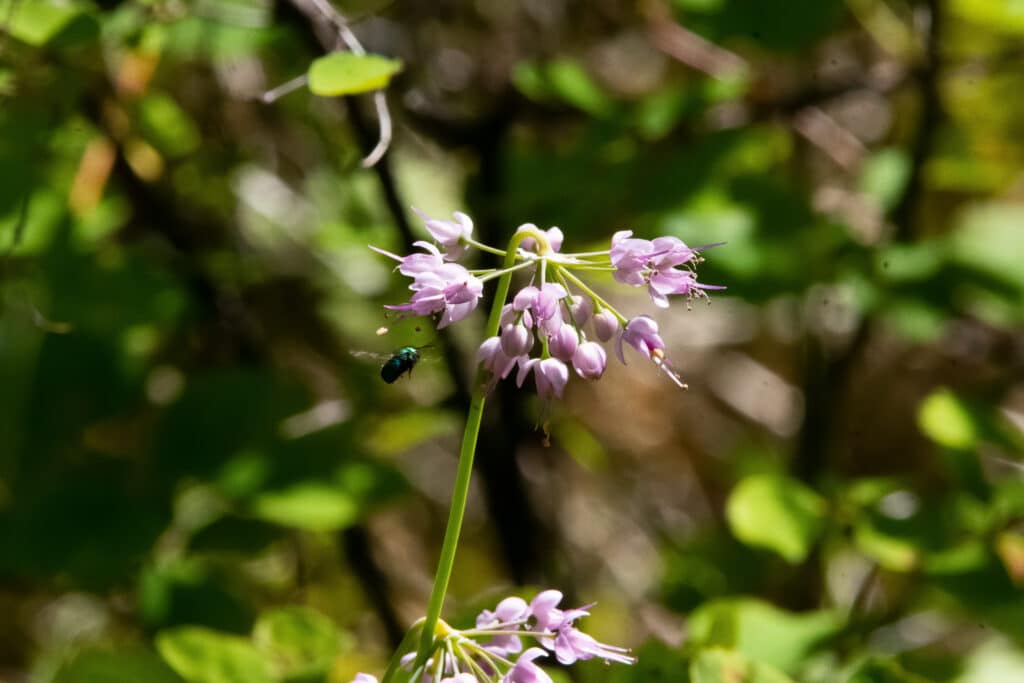
Nodding onions have adapted to thrive in challenging conditions. These plants show remarkable resilience in dry spells and resist damage from deer.
Nodding onions can handle dry periods well. Their thick, waxy leaves help them hold onto water.
The plants also have deep roots that reach for moisture underground.
During droughts, nodding onions may stop growing new leaves. They focus on keeping their bulbs alive instead. When rain returns, they quickly bounce back.
You can plant nodding onions in dry spots in your garden. They need little watering once established. This makes them great for low-maintenance gardens.
Deer tend to avoid eating nodding onions. The plants have a strong smell that deer don’t like. Their taste is also too sharp for deer to enjoy.
You can use nodding onions as a natural deer deterrent. Plant them around the edge of your garden. This helps protect other plants deer might eat.
Nodding onions keep their deer-resistant qualities all year. Even in winter when food is scarce, deer usually leave them alone. This makes them valuable for year-round garden protection.

Nodding onion plants play a vital role in supporting local ecosystems. They offer food and habitat for various creatures while enhancing biodiversity.
Nodding onions are excellent at drawing pollinators to your garden. Their pretty purple flowers produce nectar that bees and butterflies love. Native bees are big fans of these blooms too.
You’ll often see bumblebees and honeybees buzzing around nodding onion plants. Butterflies like swallowtails and fritillaries also visit the flowers.
These insects help pollinate other plants in your yard as they move from flower to flower.
By planting nodding onions, you create a food source for important pollinators. This supports their populations and keeps your whole garden thriving.
Nodding onions fit perfectly into native North American ecosystems. They grow well alongside other wildflowers in meadows and prairies.
You can use nodding onions to restore natural habitats in your area. They work great in wildflower gardens or naturalized areas.
The plants spread slowly, forming clumps that add structure to meadows.
Native wildlife like birds and small mammals use nodding onion plants for shelter and nesting materials. The seeds provide food for some creatures too.
By adding these plants to your landscape, you boost biodiversity and support the local food web.

Nodding onion plants come in several varieties and cultivars. These offer different colors, sizes, and growth habits for your garden.
Oxy White is a popular cultivar of nodding onion. It has pure white flowers that bloom in late summer.
This variety grows to about 12-18 inches tall. Its leaves are blue-green and grass-like.
Pink Form is another common cultivar. It has light pink flowers that nod gracefully.
This variety reaches 12-15 inches in height. The flowers appear from July to August.
Major is a larger cultivar that can grow up to 24 inches tall. It has deep pink flowers and wider leaves than other varieties.
The Royal Horticultural Society has given several nodding onion varieties their Award of Garden Merit. This award recognizes plants that perform well in gardens.
Allium cernuum itself has received this award. The RHS praises its adaptability and long-lasting flowers.
Another winner is ‘Alba’. This white-flowered variety is noted for its hardiness and ease of growth. It blooms reliably each year with minimal care.

Nodding onion has both tasty and healing properties. You can use it in cooking and to treat some health issues.
You can eat all parts of the nodding onion plant. The bulbs taste like mild garlic.
Chop them up raw in salads or cook them in soups and stews. The green stems add flavor to dishes too. Try them in omelets or stir-fries.
The pretty purple flowers are edible as well. Use them to garnish plates or add color to salads. Their mild onion taste won’t overpower other ingredients.
Here are some ways to use nodding onion in cooking:
People have used nodding onion as medicine for a long time. It can help with some common health problems.
The plant has chemicals that fight germs. This makes it good for colds and coughs.
You can make tea from the leaves to soothe a sore throat. Some folks use it to treat croup in kids.
Nodding onion may also:
To use it, you can make a tea or poultice. Or eat it as food. But check with a doctor before using it as medicine. It can interact with some drugs.
Nodding onions have a rich history tied to North American indigenous cultures. Their uses span food, medicine, and spiritual practices.
You’ll find nodding onions deeply rooted in Native American traditions. Many tribes used these plants for food and healing.
The Blackfoot people applied crushed bulbs to treat colds and fevers. Some groups believed nodding onions could ward off evil spirits.
In the Midwest, these plants grew abundantly. The area now known as Chicago was once called “Chigagou” by local tribes. This name meant “onion field” in their language.
Today, nodding onions remain popular in fine gardening. Their unique drooping flowers add charm to many gardens.
The nodding onion got its name from its distinctive drooping flower heads. You can spot these bowing blooms in late spring and summer.
The scientific name, Allium cernuum, reflects this trait. “Cernuum” means “nodding” in Latin.
Native Americans had various names for this plant. The Menominee called it “shekakwa,” meaning “skunk plant.” This refers to its strong scent.
In English, you might hear it called “wild onion” or “lady’s leek.” Gardeners often use “pink meadow onion” due to its common flower color.
Nodding onion plants are easy to grow and care for. Here are answers to some common questions about these unique flowers.
Water nodding onions regularly during their first growing season. After that, they only need water during dry spells.
Plant them in well-draining soil. Trim off dead leaves and flower stalks as needed.
Nodding onions typically bloom in late spring to early summer. The exact timing can vary depending on your climate. Their pink or white flowers last for several weeks.
Yes, you can grow nodding onions from seeds.
Sow seeds directly in the garden in early spring or fall. You can also start them indoors 6-8 weeks before the last frost date.
Nodding onions are not usually considered invasive. They spread slowly by bulb division and self-seeding.
You can easily control their spread by removing unwanted seedlings or bulbs.
Nodding onions prefer full sun but can tolerate partial shade. They may not bloom as well in shady spots. Plant them where they’ll get at least 6 hours of direct sunlight daily for best results.
Yes, nodding onions are perennials. They come back year after year in zones 3-9.
These hardy plants can survive cold winters and hot summers. With proper care, they’ll return to your garden each spring.

Cardinal flowers are striking plants that add a pop of vibrant red to gardens and natural areas. These tall, slender perennials bloom in late summer
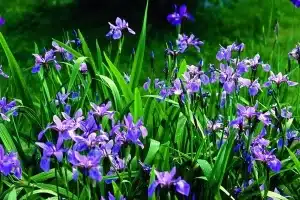
New York native plants are essential for sustaining local ecosystems. They provide food and shelter for wildlife while helping to maintain soil health. Incorporating native
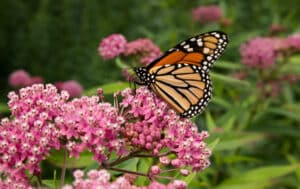
Rose milkweed is a beautiful native plant that can add color and life to your garden. This perennial flower, also known as Asclepias incarnata, grows
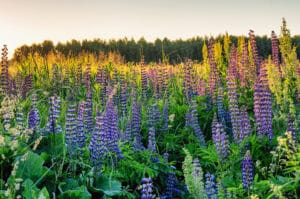
Lupinus perennis, known as wild lupine, is a stunning native wildflower of eastern North America. This perennial plant adds a splash of color to meadows
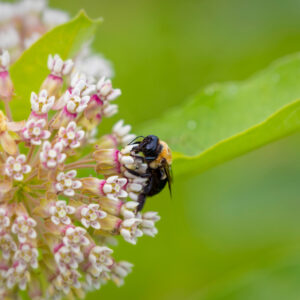
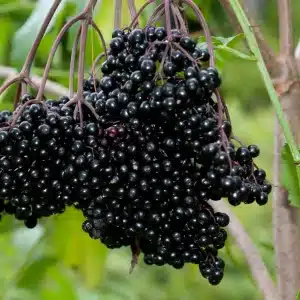
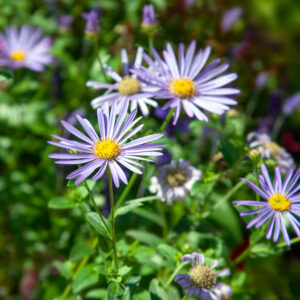

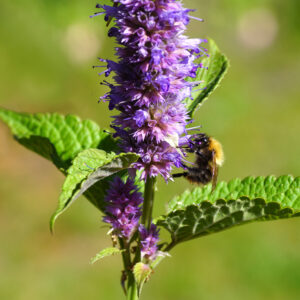
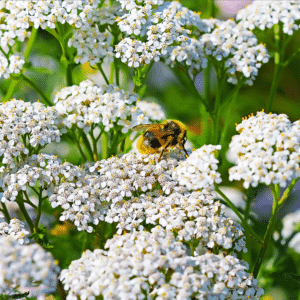
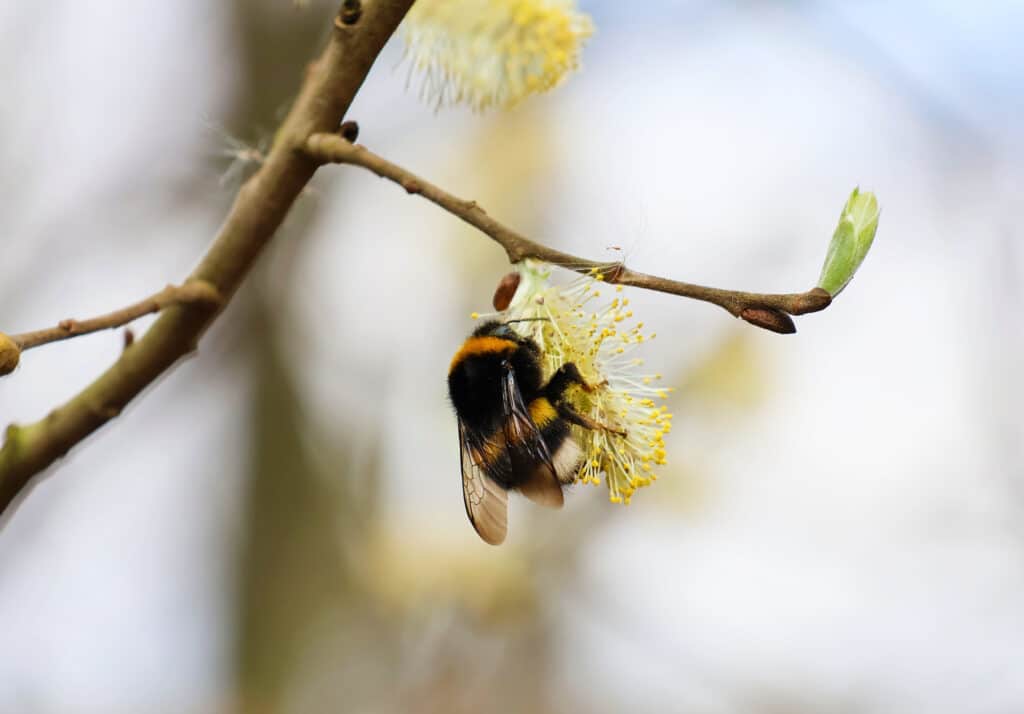
Only Local Delivery Available (Long Island & Queens)
Ground Shipping Paused
To protect our plants from extreme summer heat, we’ve paused nationwide ground shipping to avoid any damage during transit.
Local Delivery Only
We’re still delivering locally to Long Island and Queens, so nearby customers will continue to receive orders as usual.
Fall Pre-Orders Are Open Nationwide!
We will resume normal shipping for non-local orders placed during the pause in early September.
Thank you for your support and understanding—we’re looking forward to growing with you this fall!
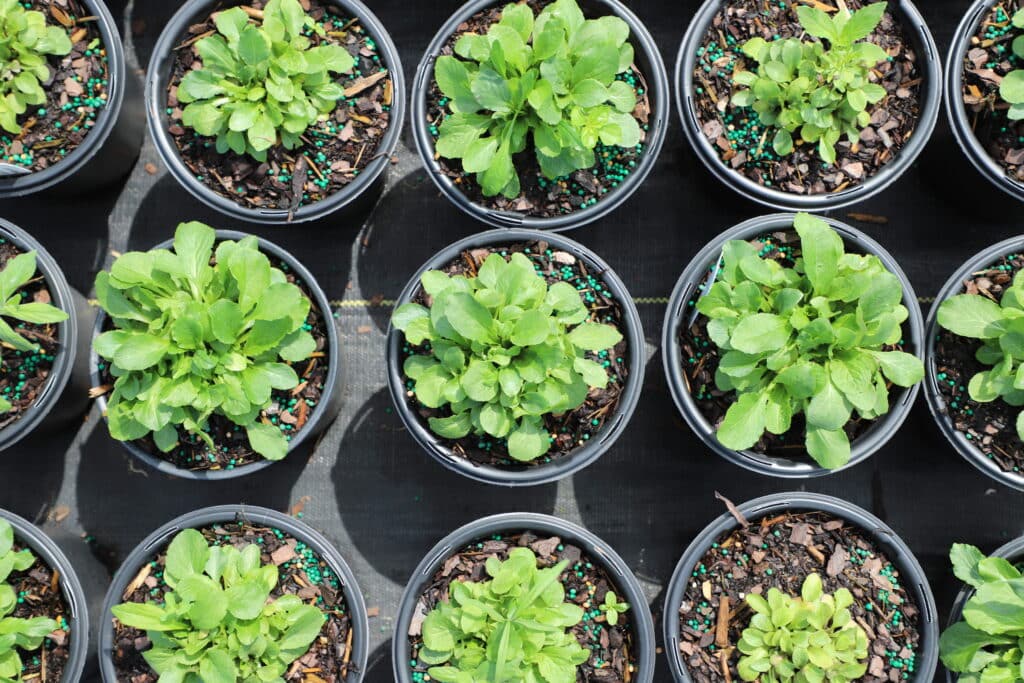
Shipping Paused
Please be aware that all shipping will be paused on December 22.
Any orders placed after that time will be fulfilled when we resume operations in January 2025.